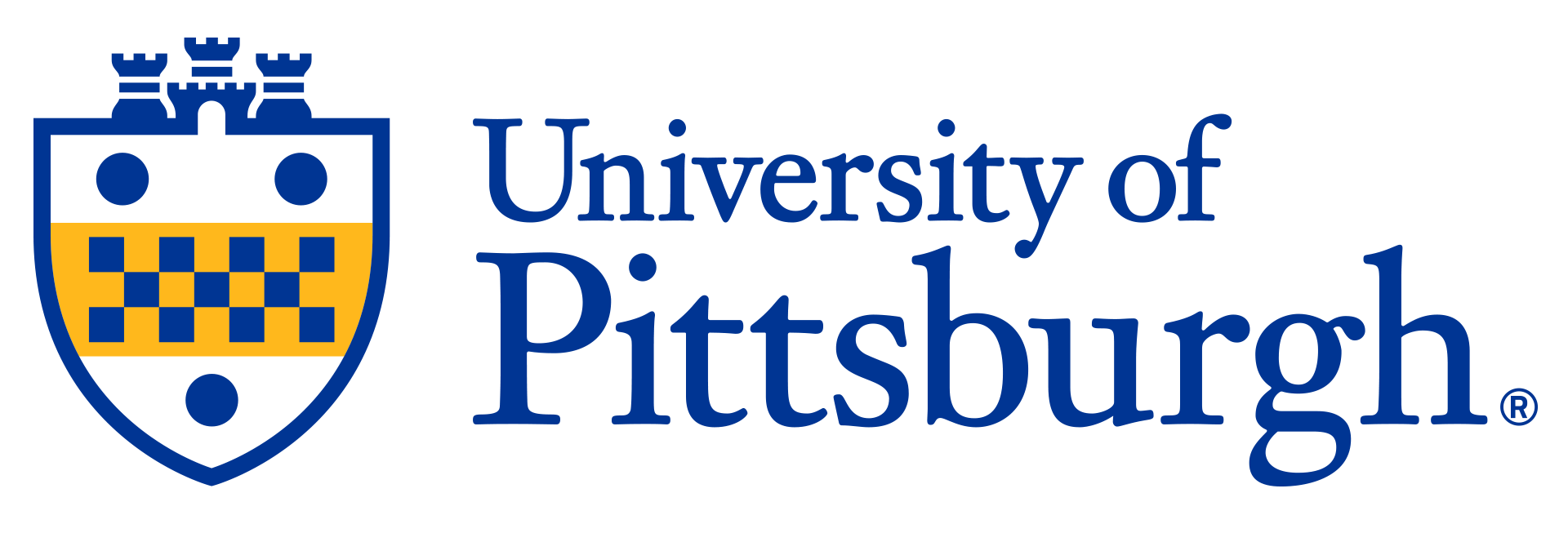

Assistive Technology Training Program
This invention is a web-based training program for rehabilitation professionals and others working with people with disabilities. It provides comprehensive, online education on assistive technology, covering various applications and principles. Accessible 24/7, it helps users update their skills and gain credentials in this field.The rapidly evolving field of assistive technology necessitates continuous skill updates for rehabilitation professionals and related personnel. However, traditional educational approaches, such as workshop-based training or static hard-copy home study programs, presented significant challenges. These methods often suffered from content obsolescence, limited accessibility, and a lack of flexibility, making it difficult for a broad, geographically dispersed audience to receive timely, comprehensive, and interactive instruction. Consequently, there was a pressing need for more dynamic and widely available training solutions to ensure professionals could stay current with the latest advancements and best practices.
Description
This web-based, distance learning continuing education program provides 24/7 internet access to a multidisciplinary curriculum focused on assistive technology. Its content covers areas such as consumerism theories, functional anatomy, service delivery practices, engineering principles, and specific technology applications for seating, mobility, augmentative and alternative communication, computer access, environmental controls, and sensory impairments. The program integrates interactive components, quizzes for each content area, links to commercial, government, and educational websites, and streaming video supplements. Designed for flexibility, its content is easily modifiable for international applications and customizable for various target markets. Novel Concepts 1. A comprehensive, web-based continuing education program specifically for the field of assistive technology (AT): While online learning and continuing education platforms existed by 2003-2007 (e.g., Blackboard, Moodle), the application of this technology to create a single, comprehensive, and multidisciplinary curriculum specifically for the niche professional field of assistive technology appears to be a novel implementation. The invention directly replaces a prior-art paper-and-pencil program, indicating a new application of web-based delivery for this specific subject matter and target audience. 2. Integration of streaming video components to supplement a formal AT curriculum: In the period of development (2003-2007), the use of integrated streaming video within a formal, web-based professional education program was an early adoption of the technology. While video streaming was becoming more common with platforms like YouTube (founded 2005), its structured inclusion in a specialized, credential-granting curriculum for rehabilitation professionals appears to be an advance over the more common text-and-quiz format of early e-learning courses.Applications
Commercial Applications1. Professional Continuing Education and Development: The program provides accessible, comprehensive, and self-paced online training for rehabilitation professionals and related personnel to update skills, earn continuing education credits, or prepare for certifications in assistive technology.
2. Academic Curriculum Integration: The comprehensive and expert-developed content can be licensed to universities and colleges for integration into their formal degree or certificate programs focused on assistive technology.
Advantages
1. Enhanced Accessibility and Flexibility: Compared to workshop-based or traditional hard-copy/home study formats, the ATTP offers 24/7 web access from anywhere with internet, enabling self-paced learning without geographical or time constraints.2. Broader Market Reach and Customization: Unlike geographically limited workshops or physically distributed hard-copy programs, the web-based ATTP can reach a vastly expanded global market and is easily customizable for different target markets and international applications.
3. Superior Content Dynamics and Interactivity: The ATTP provides a comprehensive compilation of multidisciplinary materials developed by leading experts, featuring streaming video, external links, quizzes, and potential interactive chat rooms, which is more dynamic and interactive than static hard-copy materials.
4. Increased Faculty Efficiency: The web-based delivery model significantly reduces the need for repeated in-person instruction, leading to a more efficient use of faculty time compared to traditional workshop-based training.